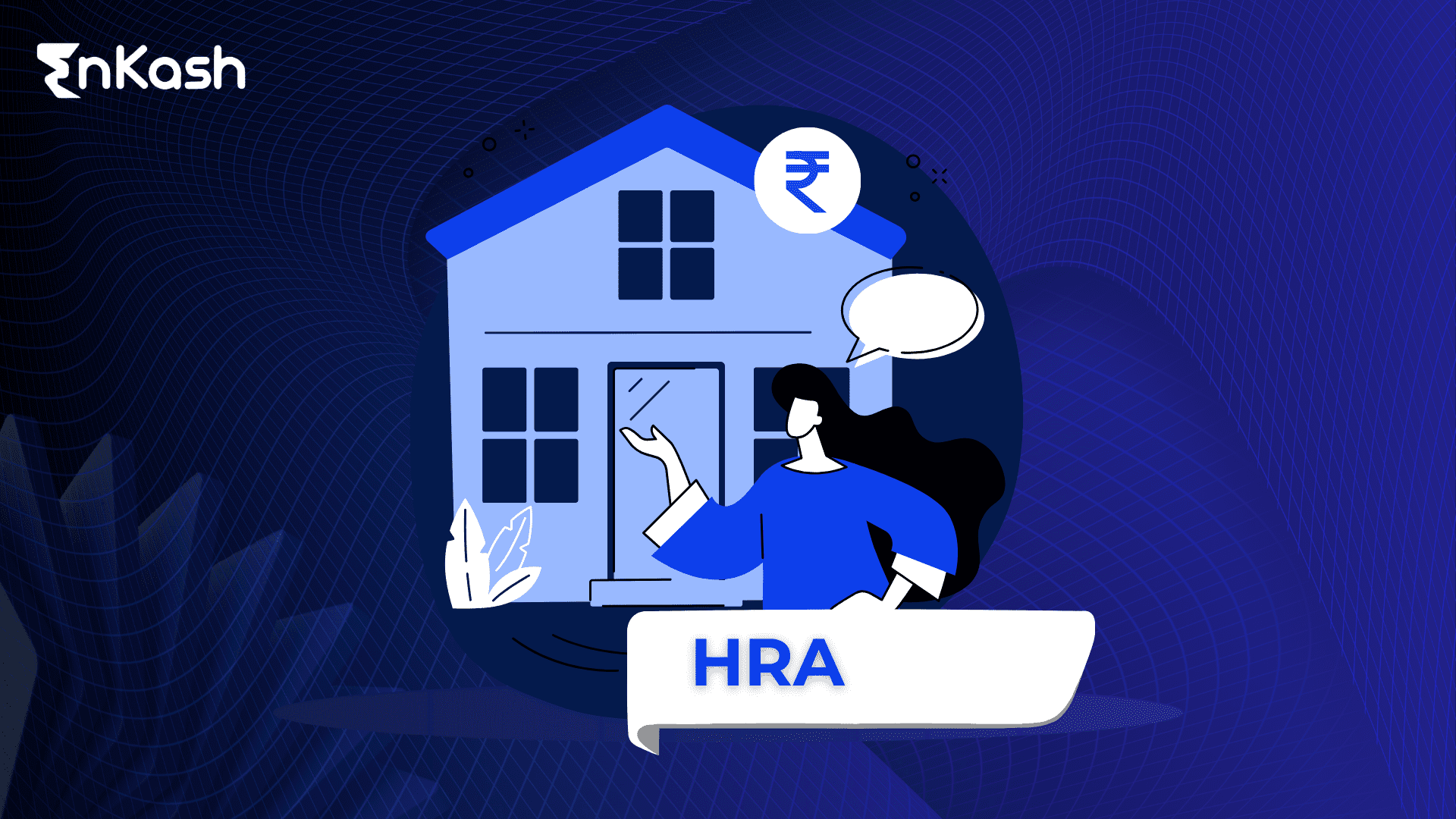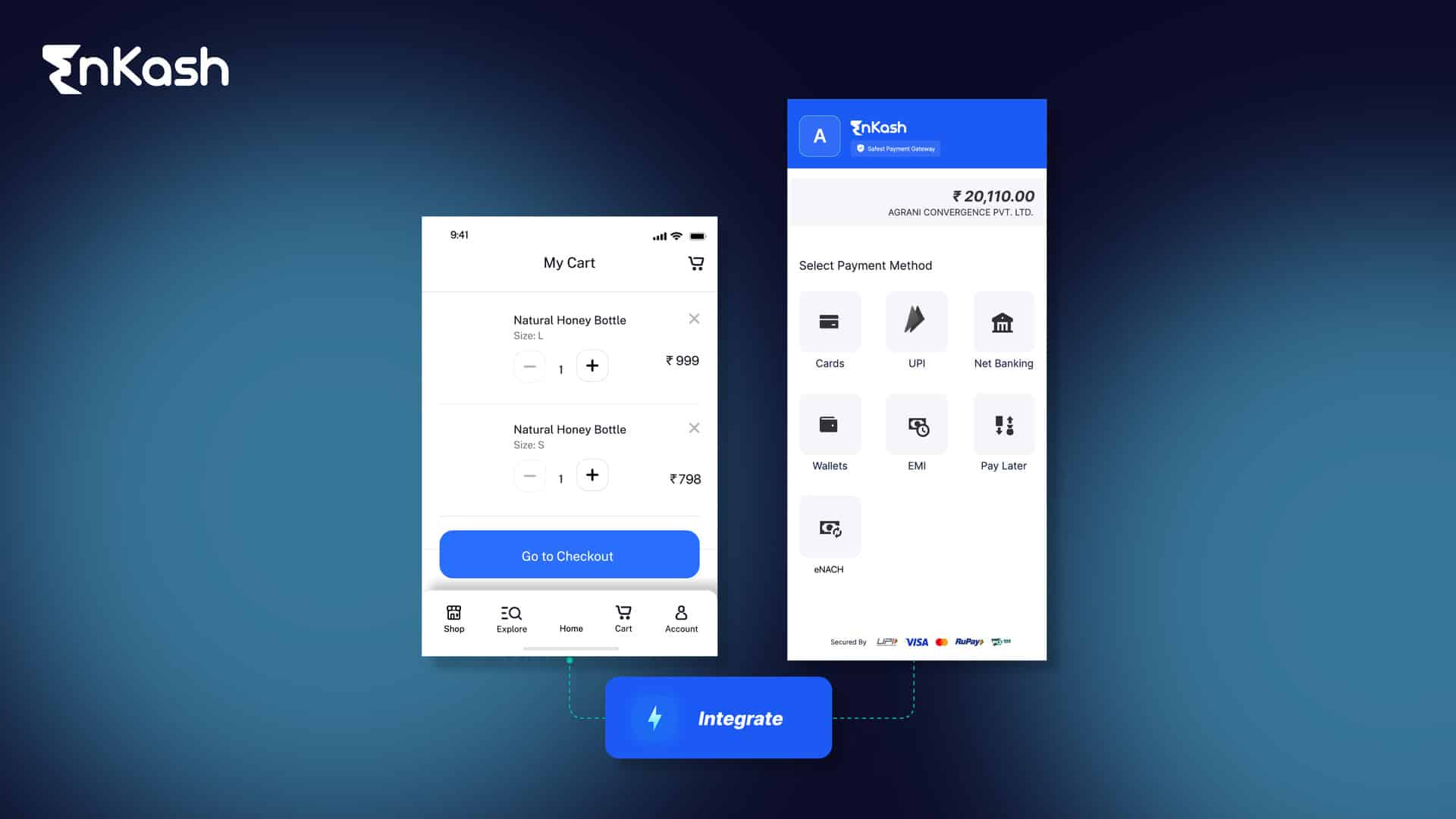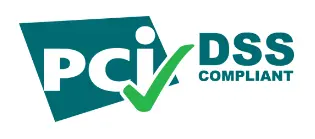House Rent Allowance (HRA) is a significant benefit for salaried individuals in India, offering an exemption while tax filing on a portion of their rent. However, claiming this deduction requires proper documentation, with HRA receipts playing a crucial role.
Unfortunately, many taxpayers make mistakes in their receipts, leading to the rejection of their HRA claim and potential tax liabilities on income tax return filing.
This blog aims to guide you through the common pitfalls associated with HRA receipts and ensure an easy tax filing experience.
Before going into receipt specifics, let’s understand what HRA is and what the conditions are for availing it.
Understanding HRA and Its Importance
What is HRA?
HRA stands for House Rent Allowance, a benefit provided by employers to employees to cover their rental expenses. Under Section 10(13A) of the Income Tax Act, a portion of the HRA received is exempt from tax, provided the employee is paying rent for a residential property and meets specific criteria. This allowance forms part of your salary structure, and you’ll find it mentioned on your payslip.
Why is HRA Important?
HRA is essential because it helps in lowering your overall liability while tax filing by reducing your taxable income. The maximum HRA deduction you can claim is calculated based on a formula that considers your HRA component, your basic salary + dearness allowance (DA), and your rent paid. There are also city-specific limitations. The amount of HRA exempt from tax is calculated as the minimum of the following three amounts:
- Actual HRA received from the employer
- 50% of basic salary for employees living in metro cities (40% for non-metro cities)
- Rent paid minus 10% of basic salary
For example, let’s say you receive ₹10,000 HRA, your basic salary + DA is ₹50,000 (living in a metro city), and your monthly rent is ₹15,000.
- HRA received: ₹10,000
- 50% of basic salary: (50% of ₹50,000) = ₹25,000
- Rent paid minus 10% of basic salary: (₹15,000 – ₹5,000) = ₹10,000 (We deduct 10% of ₹50,000)
In this scenario, the lowest amount is ₹10,000 (your actual rent paid minus 10% of basic salary). So, this would be the maximum HRA you can claim in your ITR.
To claim HRA exemption, it is crucial to submit valid rent receipts to the employer, which will be reflected in Form 16. Incorrect or missing information in these receipts can lead to rejection of the exemption claim and potential penalties.
Details Included in HRA Receipts
The below-listed details should be included in your rent receipts to ensure their validity for tax filing:
- Landlord’s Details:
- Full Name
- Permanent Account Number (PAN) – (Not mandatory in all cases)
- Complete Address
- Tenant’s Details:
- Full Name
- Address
- Property Details:
- Complete address of the rented property
- Rent Details:
- Monthly rent amount
- Period for which the rent is paid (e.g., April 2024 – May 2024)
- Mode of payment (cash, online transfer, cheque) – Cash payments exceeding ₹5,000 require a revenue stamp affixed to the receipt
- Date of Issue: The receipt generation date
- Landlord’s Signature (Mandatory for Cash Payments): If the rent is paid in cash, the landlord’s signature is crucial for the receipt’s validity
Common Mistakes in HRA Receipts
1. Not Keeping Proper Documentation
One of the most common mistakes is not maintaining proper documentation of rent payments. The Income Tax Department requires specific documents to validate your HRA claim. These include:
- Rent Receipts: Ensure you collect rent receipts from your landlord regularly. These receipts should include details such as the landlord’s name, address, amount of rent paid, and the period for which the rent is paid
- Rent Agreement: Having a formal rent agreement signed by both the tenant and the landlord adds credibility to your claim
- Bank Statements: If you pay rent through online transfers, keep a record of these transactions in your bank statements
2. Incorrect Rent Receipts
Submitting incorrect or incomplete rent receipts is another common mistake. As mentioned above there are some essential details that must be included in it, adhere to the following guidelines:
- Correct Information: Rent receipts must include the landlord’s full name, address, and PAN (if the annual rent exceeds ₹1 lakh)
- Signature: Receipts should be duly signed by the landlord
- Revenue Stamp: For rent payments above ₹5,000, a revenue stamp is required on the receipt
3. Fake or Fabricated Rent Receipts
Some individuals might be tempted to create fake rent receipts to claim HRA exemption. This is a serious offense and can lead to severe penalties, including prosecution. Tax authorities have stringent verification processes, and fraudulent claims can be easily detected.
4. Non-Compliance with Rent Agreement
The details mentioned in the rent receipts should match those in the rent agreement. Discrepancies between these documents can lead to rejection of the HRA claim. Ensure that:
- The landlord’s name and address on the receipt match the rent agreement
- The rent amount mentioned is consistent with the rent agreement
5. Invalid Landlord Information
Submitting receipts with incorrect or unverifiable landlord information can cause issues during tax assessments. This includes:
- Incorrect landlord name
- Wrong or incomplete address
- Missing PAN of the landlord if rent exceeds ₹1 lakh annually
If the landlord’s PAN is not provided for rent exceeding ₹1 lakh per annum, the taxpayer must be ready to face potential scrutiny. It is advisable to keep a record of the PAN for future reference.
6. Mismatched Dates
Another common mistake is submitting rent receipts with mismatched dates. The period for which rent is paid should align with the financial year for which the HRA exemption is claimed. For example, if you claim HRA for the financial year 2023-24, the rent receipts should correspond to the same period.
7. Inadequate Proof of Payment
Providing adequate proof of payment is crucial for validating the rent receipts. This includes:
- Bank statements showing rent payments
- Cheque or bank transfer details
- Receipts signed by the landlord confirming the rent received
In case of cash payments, ensure that the receipts are properly signed and acknowledged by the landlord.
8. Not Considering Multiple Properties
If you have lived in multiple rented properties during the financial year, you must provide receipts for each period and property. Overlooking this can lead to partial or total rejection of your HRA claim.
9. Failure to Renew Rent Agreement
For long-term rentals, failing to renew the rent agreement can create issues. Ensure that the agreement is valid and covers the entire period for which HRA exemption is claimed.
10. Renting from Close Relatives
Renting accommodation from immediate family members (like spouses or minor children) and claiming HRA is not allowed. However, renting from parents or siblings is permissible provided it’s a genuine transaction. Ensure that the rental arrangement is legitimate and backed by proper documentation.
11. Failing to Claim HRA Separately in the Case of Dual Employment
If you have changed jobs during the year and received HRA from both employers, ensure you claim HRA separately for each employment period. Calculate the exemption for each period individually and then aggregate them.
Make Rental Payments Easily
Best Practices for Accurate HRA Claims
To avoid common mistakes and ensure smooth HRA claims, follow these best practices:
- Maintain Accurate Records
Keep a well-organized record of all rent receipts, bank statements, and rent agreements. This will help in quick verification and submission during tax filing.
- Regularly Communicate with Your Landlord
Establish clear communication with your landlord to ensure that all rent payments are properly documented and acknowledged. This includes obtaining the landlord’s PAN if required.
- Use Online Platforms
Utilize online platforms and apps that offer automated rent receipt generation, rental agreement generation, and record maintenance. This reduces the chances of manual errors and provides a systematic way to manage rent-related documents.
- Seek Professional Help
If you find the process overwhelming, consider seeking help from tax consultants or financial advisors. They can guide you through the documentation and ensure compliance with tax laws.
- Be Honest and Transparent
Always provide truthful and accurate information in your rent receipts and tax filings. Honesty not only helps avoid legal issues but also builds a trustworthy record with tax authorities.
Step-by-Step Guide to Submitting HRA Receipts
To further streamline the process, follow this step-by-step guide for submitting HRA receipts:
Step 1: Collect Rent Receipts
Ensure that all rent receipts are collected for the relevant financial year. Each receipt should contain all necessary details as mentioned earlier.
Step 2: Verify Details
Double-check all details on the receipts, including landlord information, rent amount, and payment dates. Ensure consistency with your rent agreement.
Step 3: Obtain Proof of Payment
Gather bank statements, cheque copies, or online transaction details that correspond to the rent payments made.
Step 4: Ensure Agreement Validity
Verify that your rent agreement is valid for the entire period for which HRA is being claimed. Renew the agreement if necessary.
Step 5: Submit to Employer
Submit the verified rent receipts and proof of payment to your employer’s HR or finance department. Make sure to submit all the details on time to avoid missing the deadline
Step 6: Review Form 16
Once your employer processes the documents, review your Form 16 to confirm that the HRA exemption is correctly reflected.
Step 7: Income Tax Return Filing
When income tax return filing, ensure that the HRA exemption details are accurately entered. Cross-check with your Form 16 and rent receipts.
Conclusion
Claiming HRA exemption can significantly reduce your taxable income, provided you avoid common mistakes and follow proper procedures. By maintaining accurate records, ensuring compliance with documentation requirements, and being honest in your filings, you can make the process seamless and hassle-free. Remember, attention to detail and timely submission of documents are key to avoiding complications and maximizing your tax benefits.
By adhering to these guidelines, you can confidently navigate the complexities of HRA claims and ensure that your tax filing is accurate and efficient.
Frequently Asked Questions
What if my rent agreement is not registered? Can I still claim an HRA exemption?
A registered rent agreement is necessary for claiming HRA exemption, so no you cannot claim HRA exemption without your rental agreement.
How much HRA can be claimed in ITR?
The maximum HRA you can claim in your ITR depends on three factors mentioned in the blog:
- HRA received from your employer
- Your basic salary + Dearness Allowance (DA)
- Your rent paid minus 10% of your basic salary
There’s also a city-wise limit for metro and non-metro cities. The maximum HRA exemption you can claim is the lowest among these three amounts.
I lost some of my rent receipts. Can I still claim an HRA exemption?
Losing receipts can be problematic. If possible, try to get duplicate receipts from your landlord. In some cases, the Income Tax Department might accept alternative proof of rent payment, such as bank statements or emails with rent transfer details. However, it’s best to consult a tax advisor in such situations.
What happens if the tax department discovers a mistake in my HRA claim?
If the mistake is genuine and involves a minor discrepancy, the department might ask for clarification or rectification. However, for deliberate misrepresentation or fabricated receipts, penalties can be imposed.
Can I claim an HRA exemption if I pay maintenance for a property I co-own?
No, you cannot claim HRA exemption for maintenance paid on a property you co-own. The HRA benefit is meant for actual rental expenses.
Is there a deadline for submitting rent receipts to my employer?
It’s best to check with your employer’s HR department for their specific deadline for submitting HRA documents. Generally, it’s advisable to submit them well before the tax filing deadline to avoid any last-minute hassles.
How should I handle HRA claims if I have changed jobs during the financial year?
If you have changed jobs during the financial year and received HRA from both employers, claim HRA separately for each employment period. Calculate the exemption for each period individually and then aggregate them.
Is it possible to claim HRA and a home loan interest deduction simultaneously?
Yes, it is possible to claim both an HRA exemption and a home loan interest deduction simultaneously. This is applicable if you are living in a rented house and have taken a home loan for another property, which might be under construction or rented out.
What should I do if my employer rejects my HRA claim due to incorrect documentation?
If your employer rejects your HRA claim due to incorrect documentation, you should:
- Correct the discrepancies in the rent receipts or agreement
- Obtain the correct information from your landlord
- Re-submit the updated documents to your employer
- Ensure all future documents are accurate and complete to avoid similar issues
How can I verify if my HRA exemption is correctly reflected in my Form 16?
To verify if your HRA exemption is correctly reflected in your Form 16:
- Check the “Allowances exempt under Section 10” section of your Form 16
- Ensure the HRA exemption amount matches your calculations based on rent paid, HRA received, and salary components
- Cross-check the details with your rent receipts and agreements













